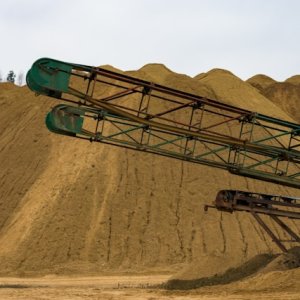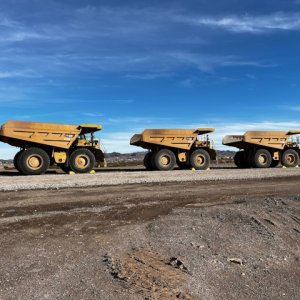
Pinos Altos
Tucked away in Chihuahua’s Sierra Madre gold belt, Pinos Altos lies in a mineral-rich area to the northeast margin of the Ocampo Caldera, which hosts many epithermal gold-silver deposits. The property is underlain by volcanic and intrusive rocks disturbed by extended faulting. Its geological focus is a horst structure, made up of an uplifted block of rocks at least 10km long by 3km wide and defined by the Reyna de Plata Fault to the north and the Santo Niño Fault to the south. Pinos Altos was first discovered by Don Juan Hernandez in 1871 and was operated by Compañia Minera de Pinos Altos in the closing decades of the 19th century. The mine suspended operations from 1905 to 1920 due to the Mexican Revolution and was sold to Real del Monte in 1930, but this company only carried out exploration activities. This period ended when an area for potential extraction was discovered in 1958. Industrias Peñoles then worked on the mine in 1973, but failed to succeed in its operation and the mine was declared a National Mineral Reserve in 1975. Next, the mine was exploited in 1991 by CRM before being transferred to Compañía Minera la Parreña in 1997. A final change of hands took place in 2006 when it was acquired by Agnico Eagle, which conducted further exploration and finally extracted gold in July 2009.
After this whirlwind progress, Agnico Eagle expected Pinos Altos to produce 145,000oz by the end of 2014, and to average 167,500oz of gold per year in 2015 and 2016, with a mine life set to last through 2025. The project includes a series of open pits, including Santo Niño and Oberon de Weber, as well as an underground mine. Most of the ore is treated at the processing plant on site through heap leaching. The 5,000 t/d processing plant includes a set of crushing and grinding equipment complimented by a gravity concentrator and an agitated leaching system that is followed by a counter current decantation process. Precious minerals such as gold and silver are recovered with a Merrill-Crowe system while a refinery produces gold and silver doré bars on site. The recovery at the plant is estimated at 94% of gold and 44% for silver over the life of the mine. As is the case at most mines in Mexico, the low grade ore is recovered through a heap leaching system engineered to accommodate up to 5 million tonnes of material. The leach pads are currently contributing 5% of the total metal production at Pinos Altos.

















